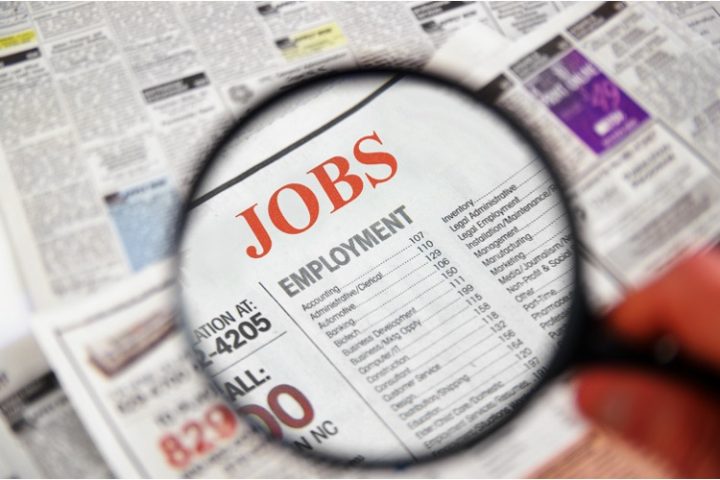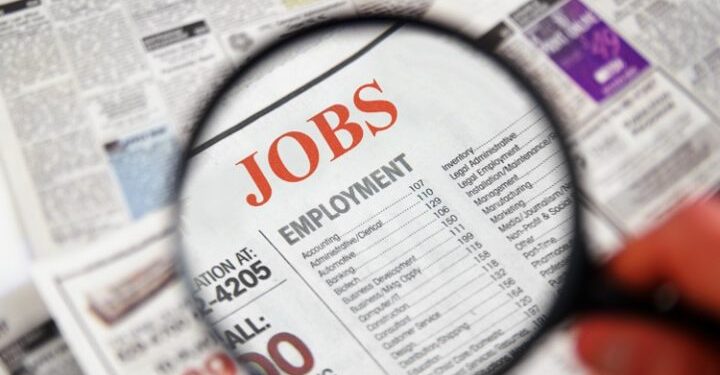
Friday’s jobs report from the Bureau of Labor Statistics (BLS) confirms the two reports released on Wednesday: The U.S. economy continues to slow, while workers’ wages remain way behind inflation.
The top line number of new jobs created — 206,000 — is phony. The BLS reported that downward revisions of previously reported new jobs in April and May amount to 111,000. Put another way, over the last three months, there has been precious little job growth in the real (i.e., private) economy while the number of government jobs has exploded.
In fact, the BLS has revised its payroll numbers down in four of the last five months.
Further, the BLS noted on Friday that the unemployment rate, which was as low as 3.4 percent in January 2023, is now the highest it’s been since November 2021.
Bryce Doty, senior investment manager at Sit Investment Associates, said, “Given the downward revisions to previous job estimates combined with an increase in the unemployment rate to 4.1%, the labor market appears to be weakening.”
Poor Economic Outlook
And that portends poorly for the overall economy. Economists are expressing the hope that the labor market continues its slow decline rather than an abrupt drop, avoiding a recession. But for many, if not most, Americans their recession has already begun.
First, their incomes aren’t even close to getting ahead of inflation. Wage gains are averaging less than four percent a year, while prices paid continue to rise. The housing market is a good example. Inflation has driven the cost of new homes beyond the ability of most workers purchase them. This is especially true as rising mortgage interest rates are now at seven percent.
Other costs have risen under Biden, too, as his administration pays for much of its spending by borrowing and printing. Home insurance premiums have increased by nearly 40 porcent under his administration, along with home rental prices.
Gas prices have gone up nearly 50 percent from when Biden was inaugurated. Grocery prices are officially up by more than 20 percent, but unofficially they are much higher than that. Once consumer generated millions of views after he published a video on TikTok showing items that he purchased two years ago for $126 that now cost more than $400.
So there weren’t 206,000 real new jobs created last month. And yes, the average worker is still seeing his wages falling behind inflation. That translates into an economy continuing to decline, thanks to the currency destruction engineered by the Biden administration through U.S. Treasury and the Federal Reserve.
Related article:

































 Reaction & Commentary
Reaction & Commentary



















